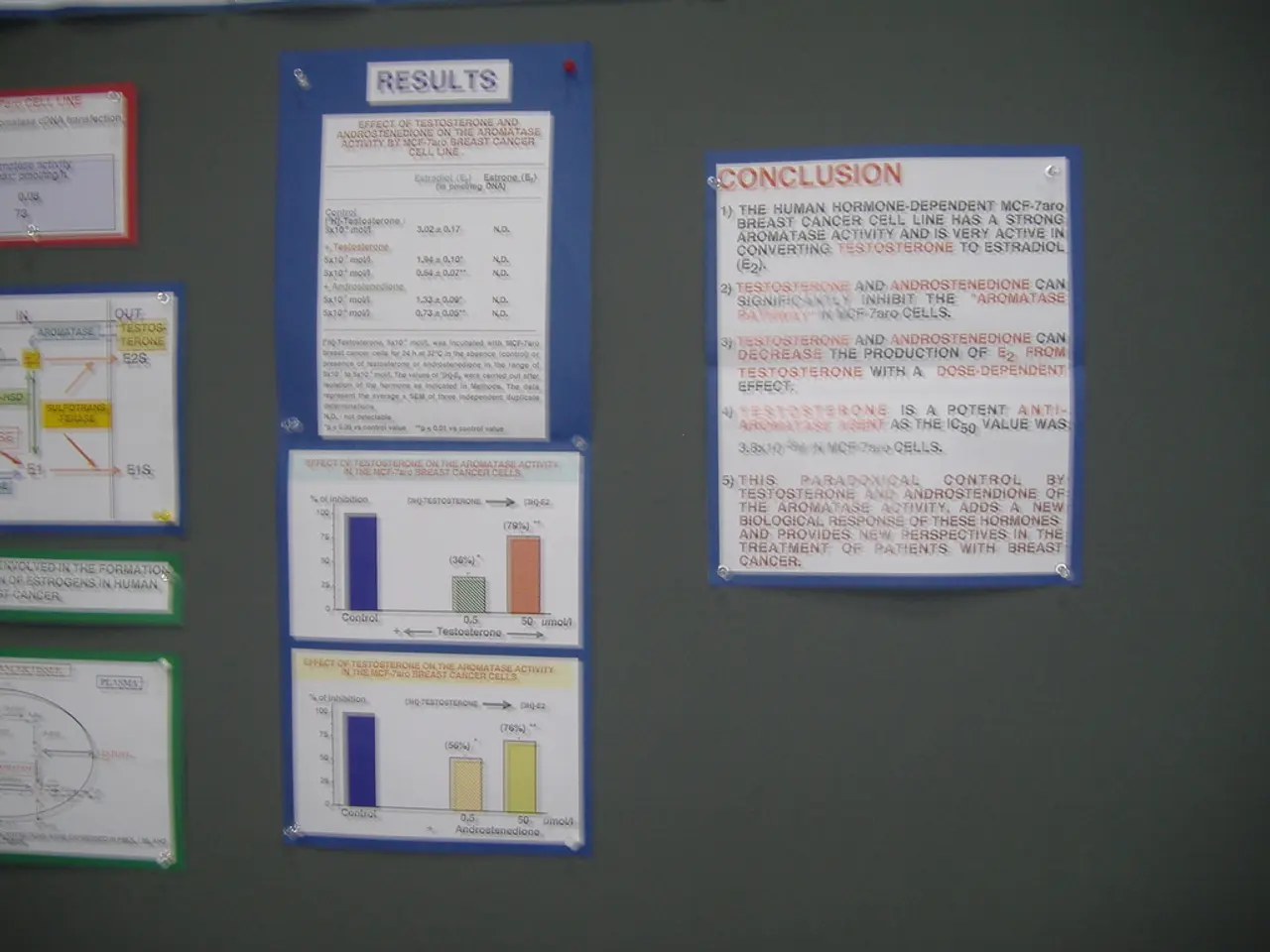Recognizing Indicators of a Stroke: A Guide
Strokes, a leading cause of disability worldwide, can be potentially life-threatening and require prompt attention. Understanding the warning signs and taking immediate action can significantly improve the chances of recovery and prevent long-term disability or even death.
According to the American Heart Association (AHA) and American Stroke Association (ASA), people experiencing stroke symptoms have a 24-hour window to receive treatment with mechanical clot removal (mechanical thrombectomy). This treatment is crucial in dissolving the clot causing the ischemic stroke.
Recognizing stroke warning signs can help you act quickly. The National Stroke Association suggests using the acronym "FAST" to help identify common symptoms: Face drooping, Arm weakness, Speech difficulty, and Time to call 911. Other symptoms may include vision trouble in one or both eyes, numbness in limbs, overall fatigue, and trouble walking.
Stroke symptoms in females can sometimes be more subtle, which can delay necessary treatment. Females may experience additional symptoms such as general weakness, nausea or vomiting, disorientation or confusion, and memory problems.
Preparing for a stroke involves educating family and friends about "FAST", wearing medical identification jewelry, keeping updated medical history on hand, having emergency contacts listed on your phone, keeping a copy of your medications with you, and teaching children how to call for help, if applicable.
Prompt treatment can improve chances for a full recovery. Within 3 to 4.5 hours after the onset of stroke symptoms, intravenous thrombolytic therapy with recombinant tissue plasminogen activator (rtPA) is used to prevent brain damage or death by dissolving the clot causing the ischemic stroke.
It's essential to remember that you don't have to exhibit all of the warning signs to be having a stroke. If you suspect a stroke, don't hesitate to call 911. After calling, the exact time when warning signs were first noticed can help determine the most helpful type of treatment.
Certain stroke medication needs to be administered within 3 to 4.5 hours of stroke symptoms to help prevent disability or death. Talk with your doctor if you have health conditions or other medical factors that increase your risk of stroke. They can help manage risk factors like high blood pressure.
Having a stroke increases your risk for another one. The best treatment for stroke is prevention. You may be able to take additional steps to minimize your risk factors, such as getting regular exercise and eating certain foods.
In conclusion, recognizing stroke symptoms and getting emergency help can prevent long-term disability or death. Preparing for a stroke by educating yourself and your loved ones about the warning signs and being proactive in managing your health can help save lives.
Read also:
- Overweight women undergoing IVF have a 47% higher chance of conceiving naturally post-weight loss
- Bonsai Trees from Evergreen Species: Exploring Growth Characteristics & Distinct Qualities
- What temperatures may make walking your canine companion uncomfortable?
- Title: Information About Beovu: Potency, Form, Usage, and Additional Details





